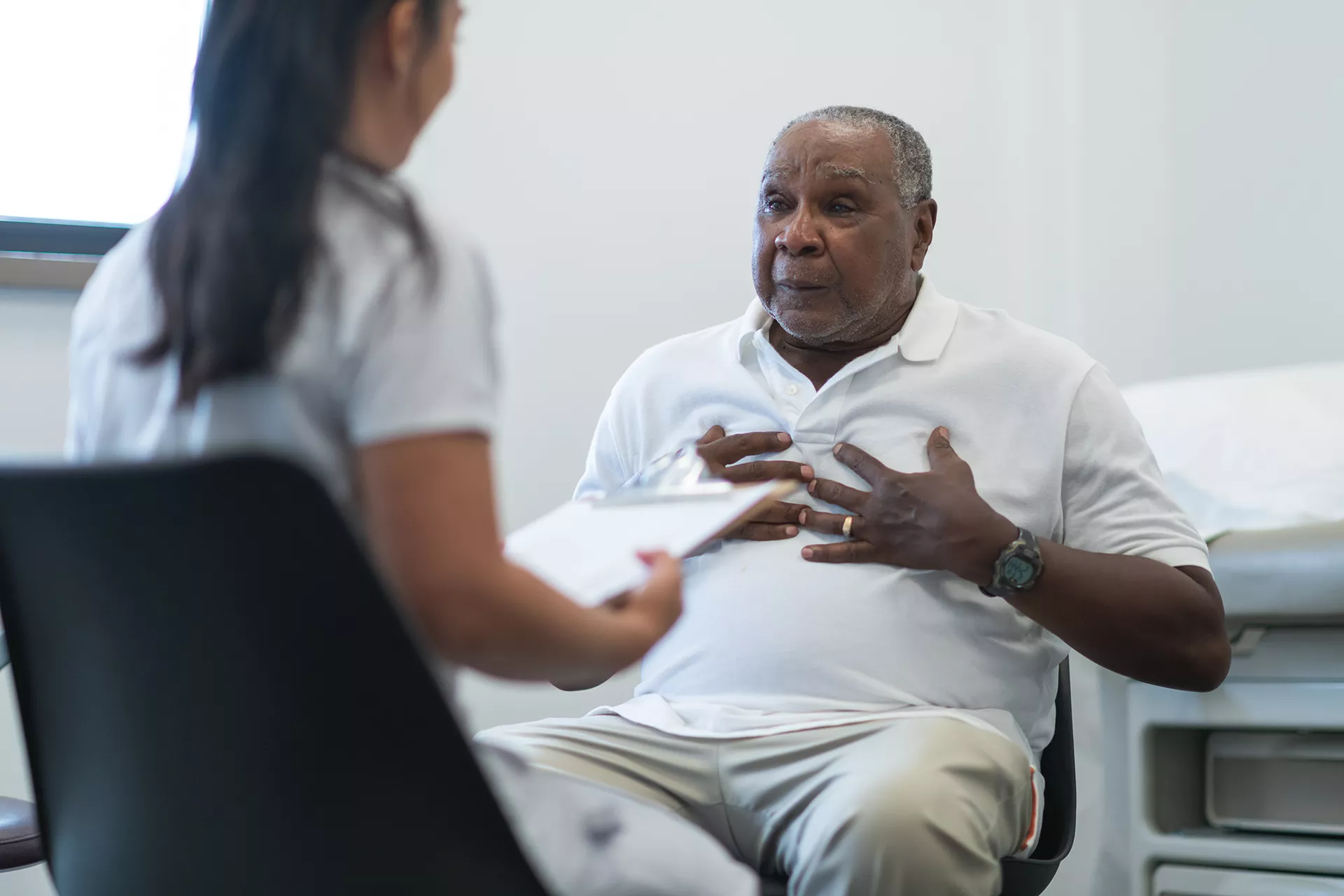
Educating Patients about Pain: Integrating Neuroscience, Manual Therapy and Exercise – 01/11/2019
This workshop will equip the participant with a means to recognize and understand chronic pain as well as provide intervention strategies based upon cutting-edge neuroscience research in a way that is easy to understand and apply.
Course Date & Time
January 11, 2019 (Friday)
8:00 a.m. – 4:30 p.m.
Course Location
Kaiser Permanente, Fabiola Building – Conference Room G65A/G27
3801 Howe Street
Oakland, CA 94611
Instructor(s)/Speaker(s)
Stephen Schmidt, PT, MPhysio, OCS, FAAOMPT
Sponsored by
Kaiser Permanente Northern California Graduate Physical Therapy Education
Target Audience
Physical Therapists
Course Level
Basic to Intermediate
Course Description
Chronic pain is one of the most pervasive and expensive health care problems facing society. Current data suggests more than 100 million Americans suffer from chronic pain and the problem seems to be getting worse. Each year, more is spent on chronic pain than heart disease and cancer combined. Clinicians often feel frustrated working with this complex population due to ongoing challenges with communication, poor treatment effectiveness and unfamiliar or extravagant symptoms. This workshop will equip the participant with a means to recognize and understand chronic pain as well as provide intervention strategies based upon cutting-edge neuroscience research in a way that is easy to understand and apply.
Objectives
Upon completion of this workshop, the participant will be able to:
- Describe the scope and impact of chronic pain.
- Recognize common dilemmas, clinical reasoning errors and bias in clinical practice related to pain presentations.
- Explain use of the pain neuroscience models to recognize clinical patterns to guide development of effective intervention strategies.
- Discuss the use of metaphors, clinical slogans and case vignettes as tools to apply when explaining the biology of a pain state to patients and relevant associates.
- Understand how to apply concepts from pain-science research as an education tool using language that is both patient-friendly and evidence-based to empower exercise and manual therapy interventions.